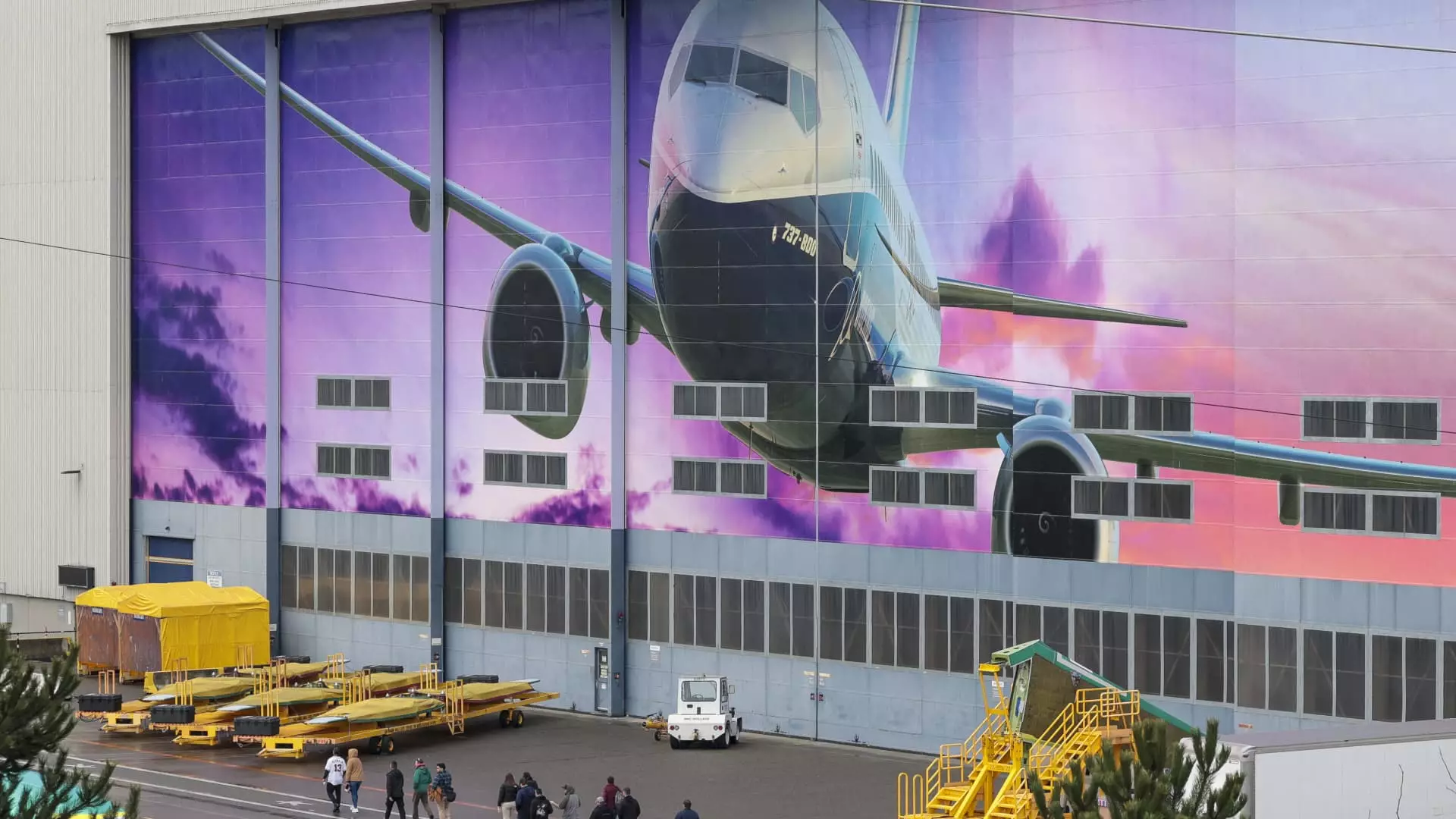Boeing, once a titan of the aerospace industry, is navigating a complex landscape filled with both challenges and opportunities. The latest comments from CFO Brian West signal a potential breakthrough for the company, which has struggled through turbulent times marked by manufacturing glitches and safety concerns. While the recent quarterly cash burn appears to be less extreme, with suggestions of a reduction to the tune of “hundreds of millions,” one has to consider whether this is truly the green light it seems or just a flicker of hope in an otherwise stormy environment.
In the turbulent seas of stock market fluctuations, the noticeable bump in Boeing’s shares—rising nearly 7% after West’s remarks—indeed reflects investor enthusiasm. Yet, this could be more of a temporary rally rather than a sustainable trajectory. The aerospace sector remains precariously balanced, and Boeing’s transformation requires more than just positive rhetoric; it needs substantial and consistent operational improvements over the coming months.
Manufacturing: A Glimmer of Hope Amidst Setbacks
Boeing’s ability to ramp up production of its flagship 737 Max and 787 Dreamliner models is fraught with challenges. Even as West reassures stakeholders that the remarkable fires at a Pennsylvania facility won’t immediately derail operations, one cannot ignore the precedent set by recent crises. The company’s history of delays and production halts due to safety oversights complicates its current situation, planting seeds of skepticism for cautious investors and analysts alike. Additionally, the Federal Aviation Administration (FAA)’s strict limits on production rates demonstrate ongoing regulatory scrutiny that Boeing must diligently navigate.
The lingering production cap imposed by the FAA—as a response to the midair mishap earlier in the year—adds another layer of complexity. It’s reassuring to hear that Boeing still has elevated inventory, but stockpiles can only carry a company so far. Sustained consumer trust hinges on production reliability and the ability to deliver final products on time, not just initial promises of capacity.
A Focus on Broader Implications
While the financial upswing may indicate a recovery, the elephant in the room remains the impact of tariffs proposed by the current administration. The uncertainty looming over trade policy has the potential to affect not only Boeing’s cost structures but the entire aerospace supply chain. It’s crucial for industry leaders to actively engage with policymakers to mitigate adverse outcomes rather than passively await impending changes.
Amid these economic headwinds, Boeing’s outlook offers enough glimmers of potential growth and recovery to merit cautious optimism. However, clear, consistent action will be critical. The stakes have never been higher, and Boeing must steer this ship adeptly in order to reclaim its rightful position as the leader in the aerospace industry. The company is at a pivotal juncture where the transformation of strategy and culture is imperative to not only survive but thrive in a competitive landscape.

